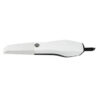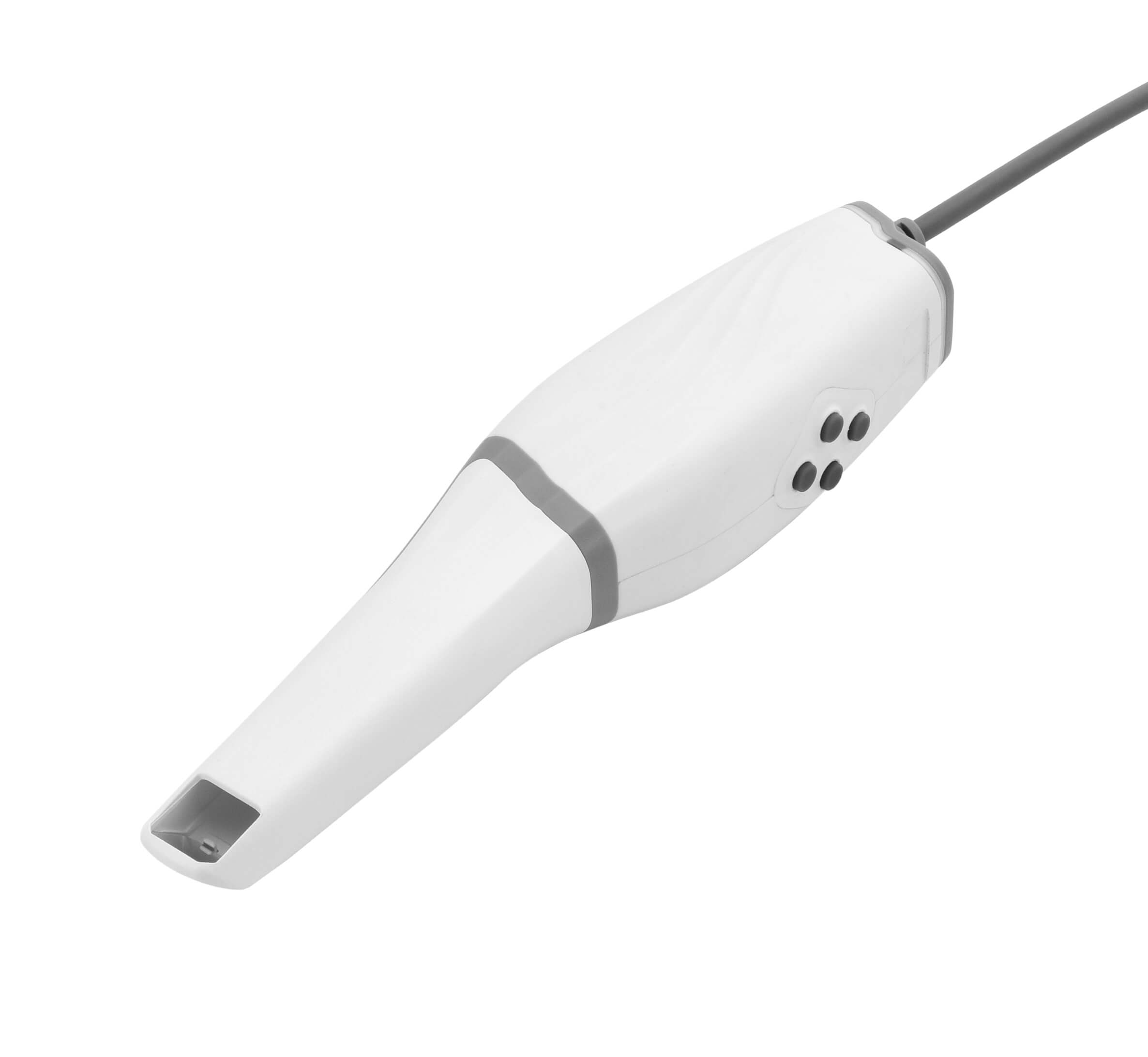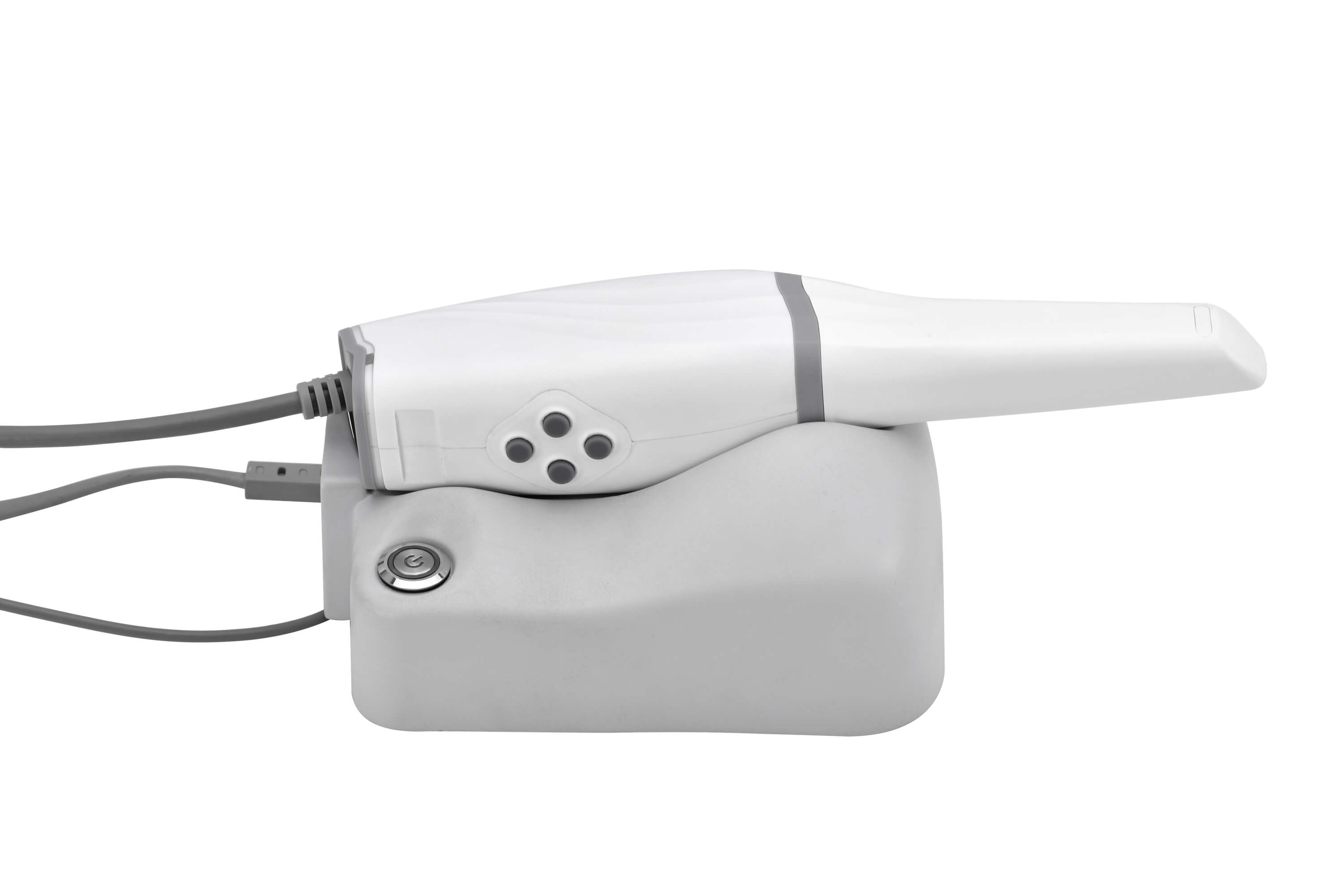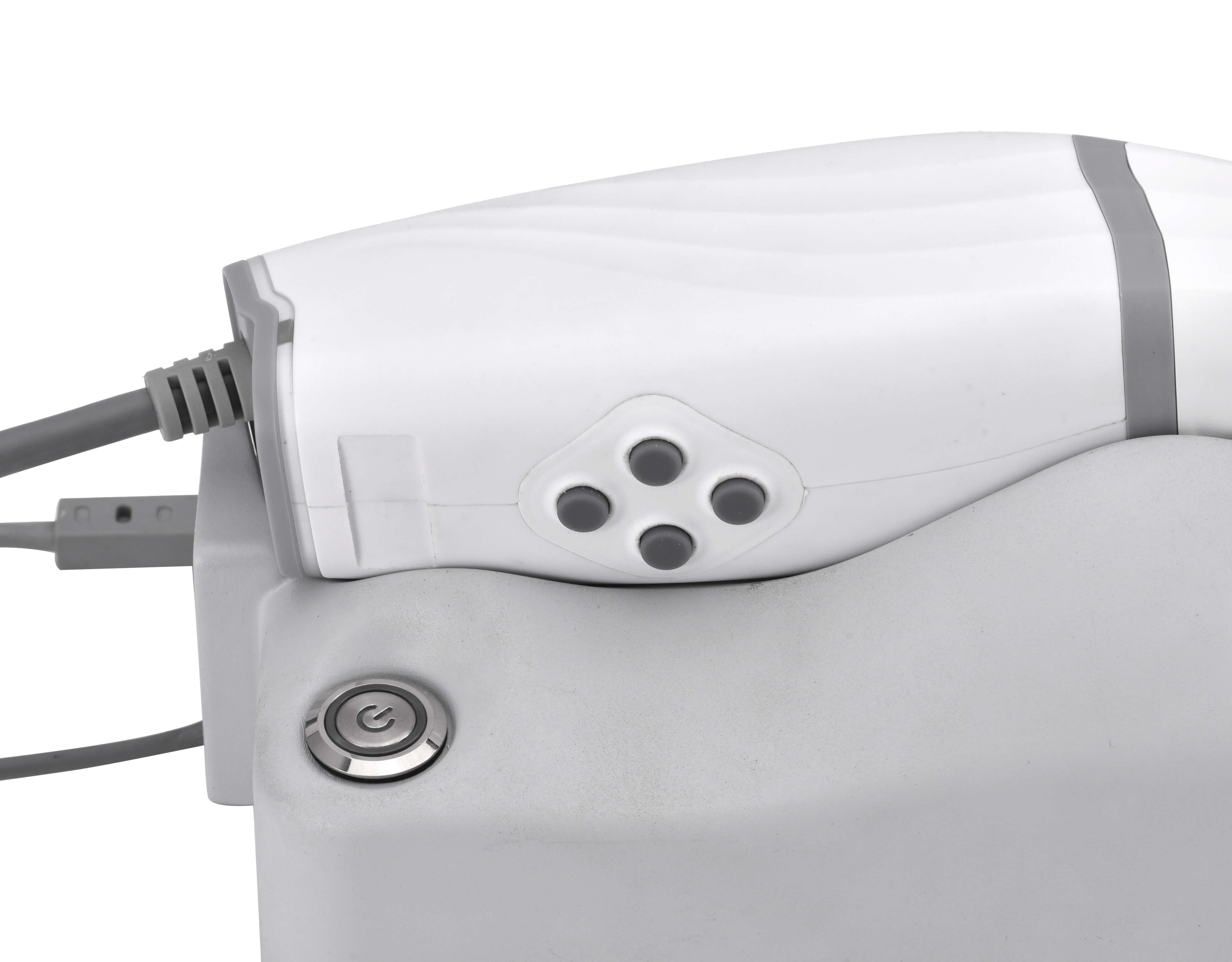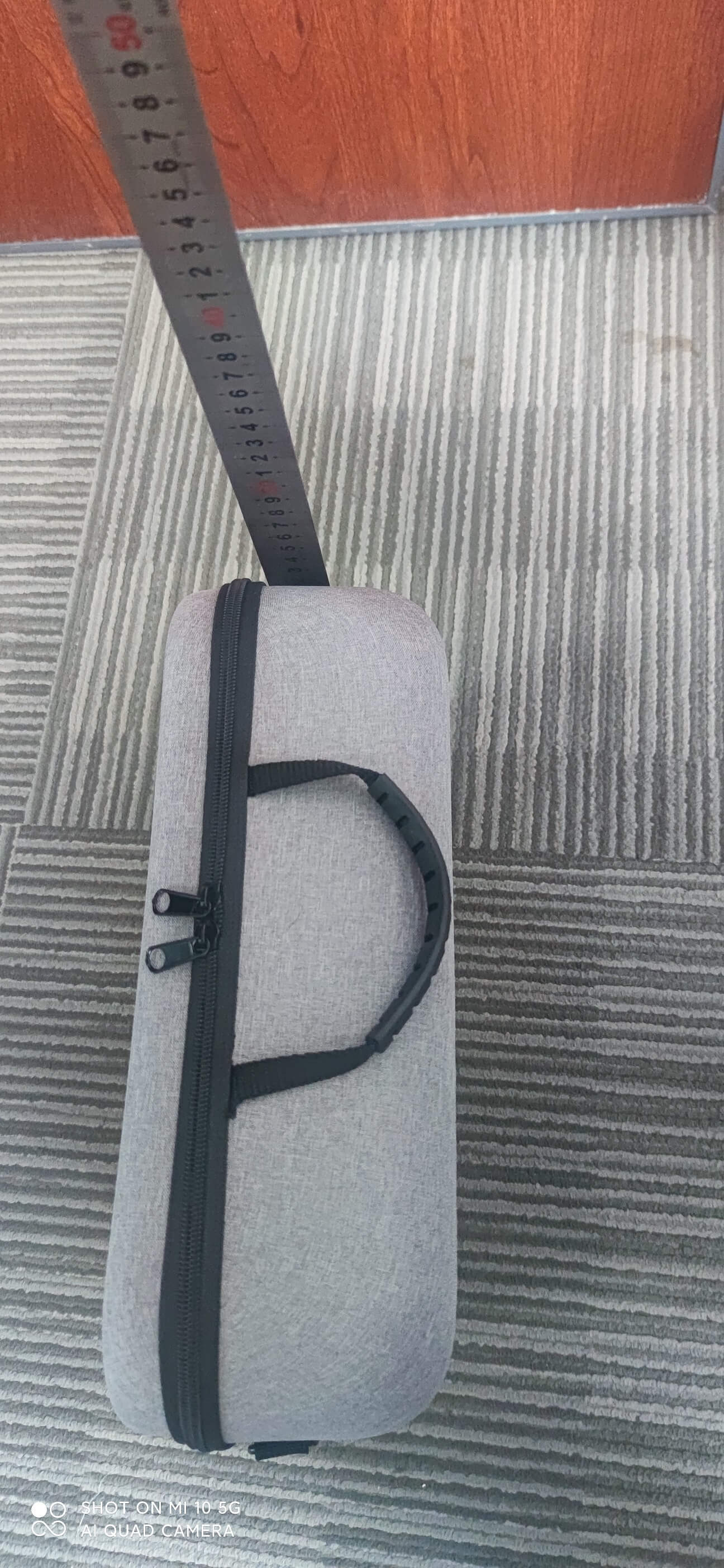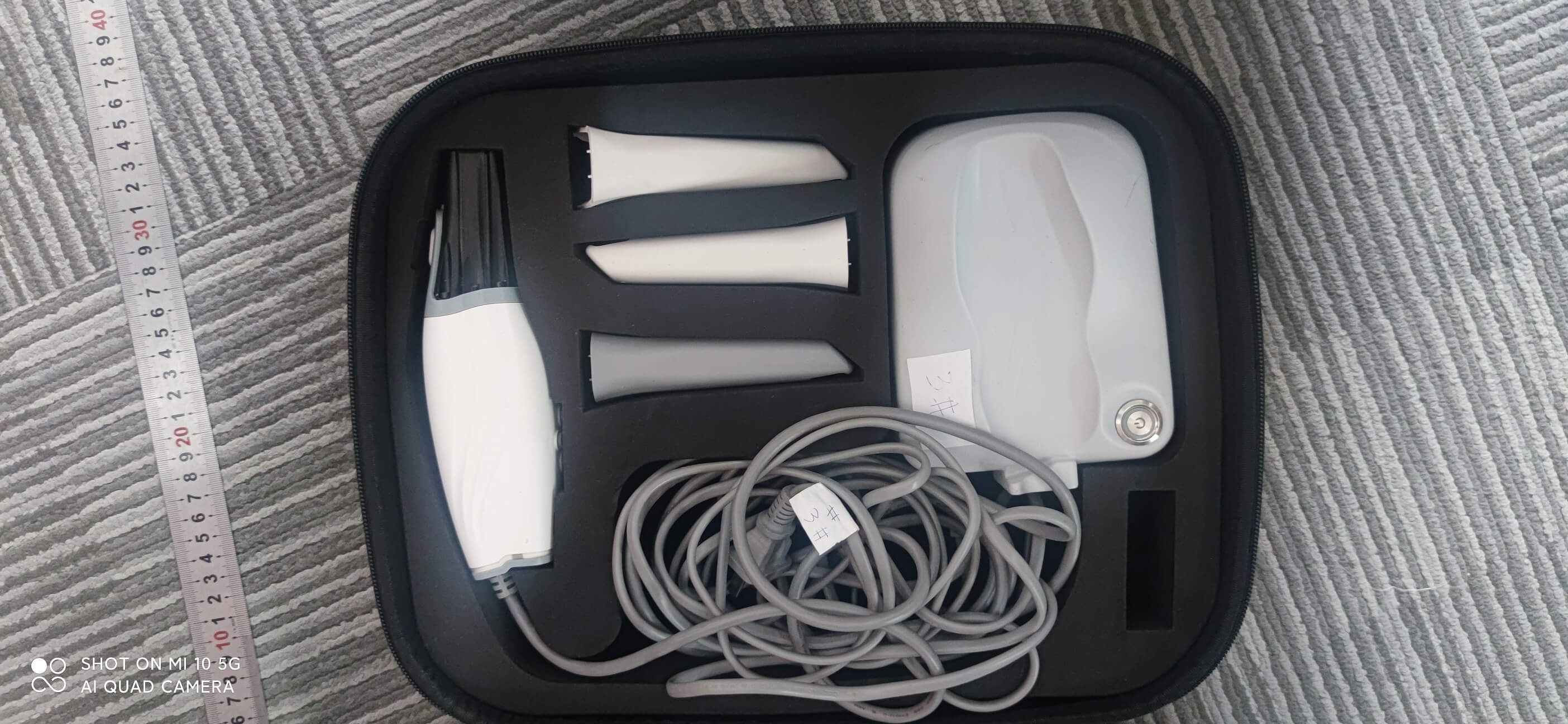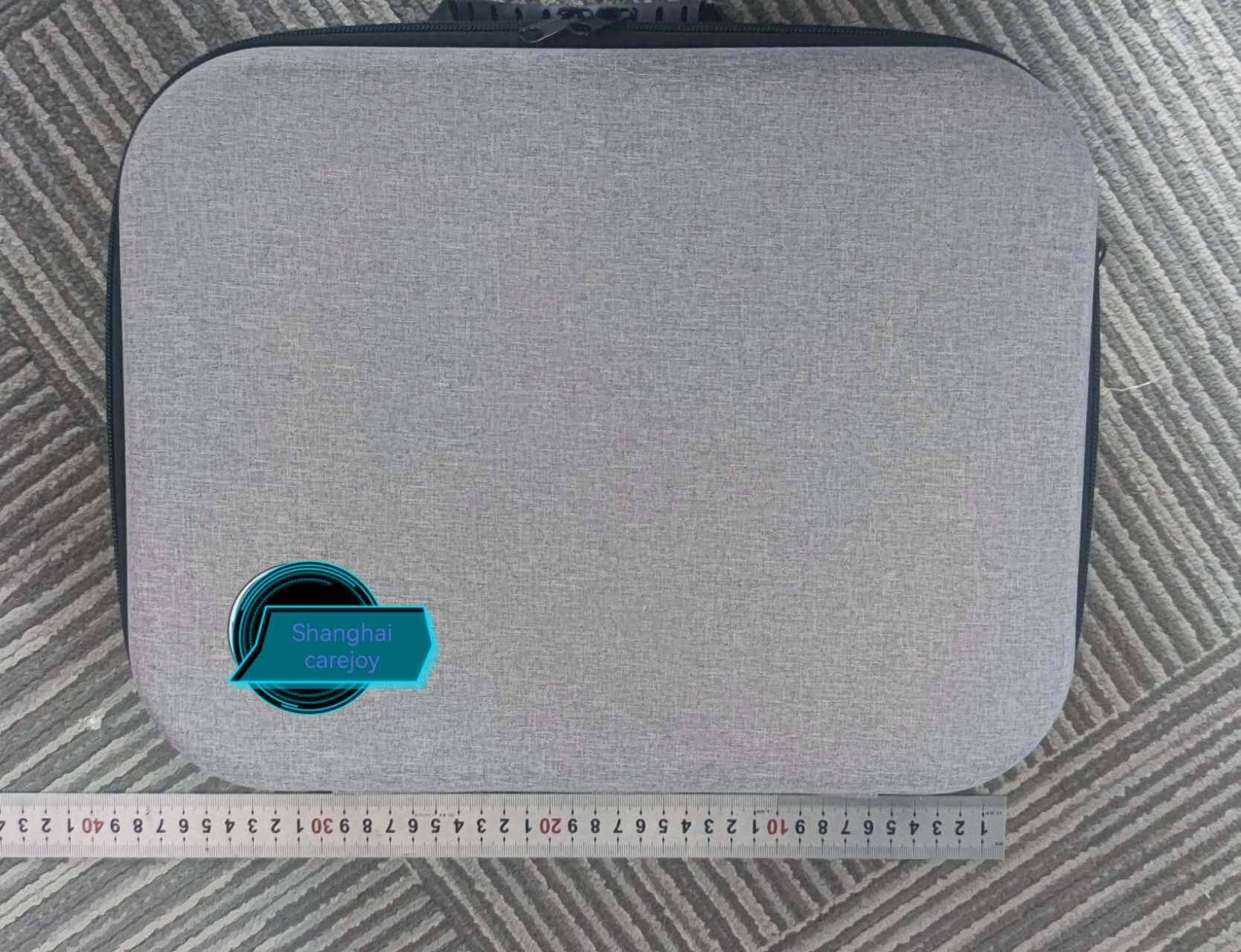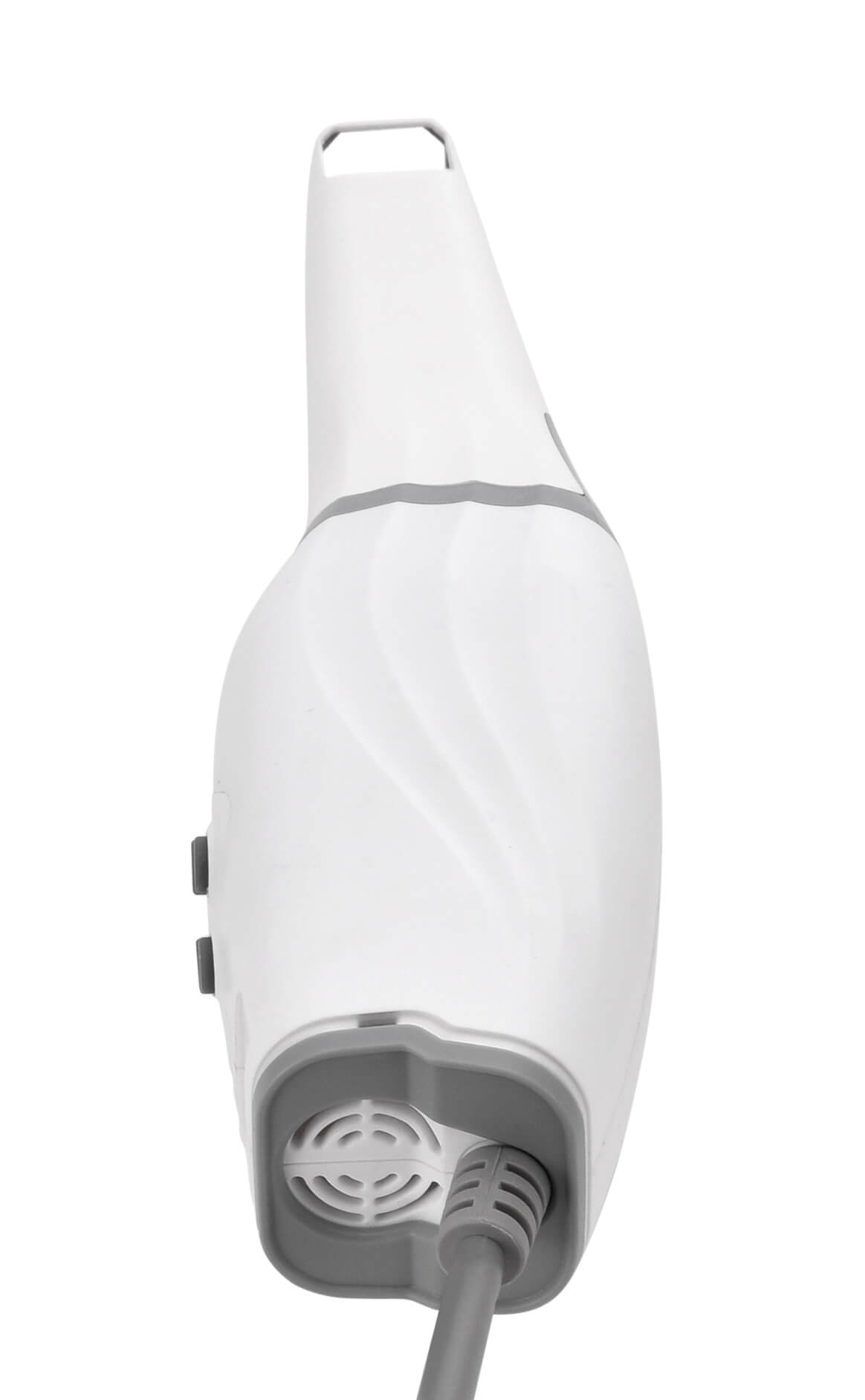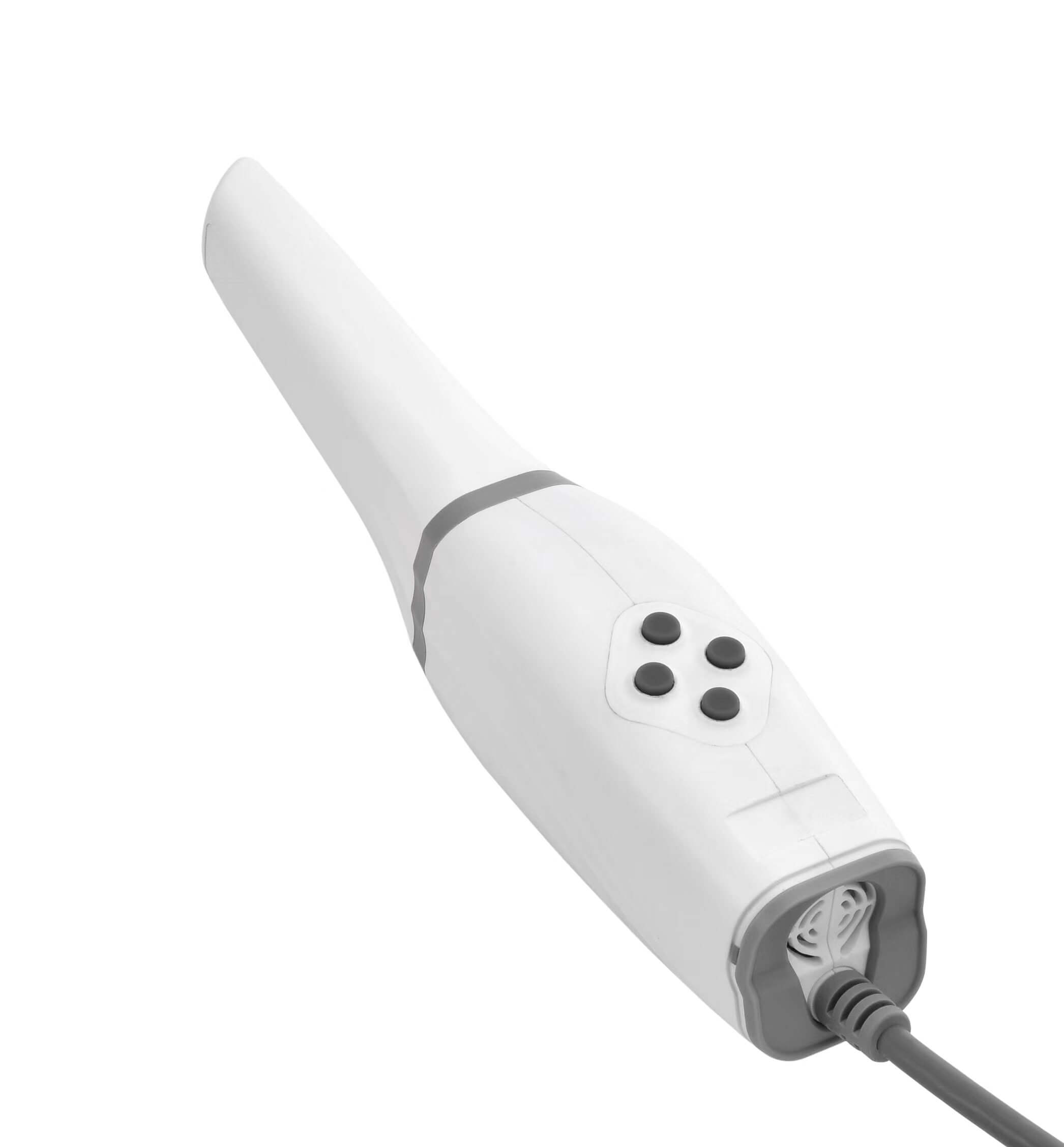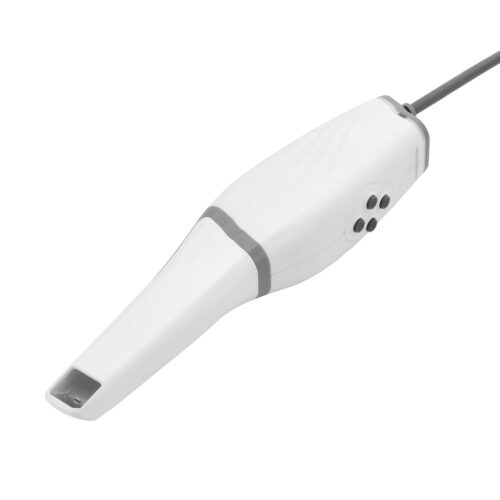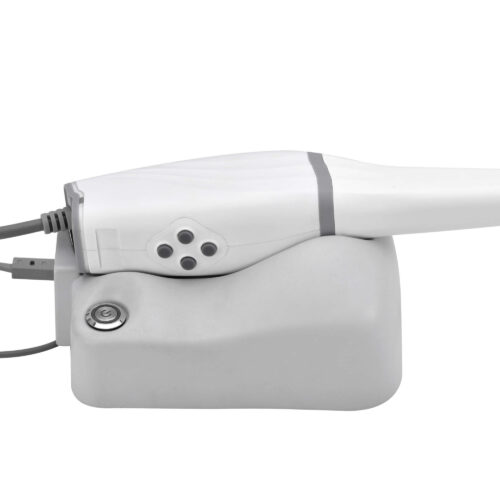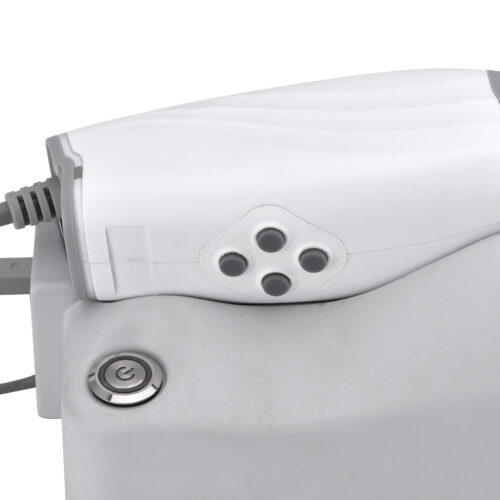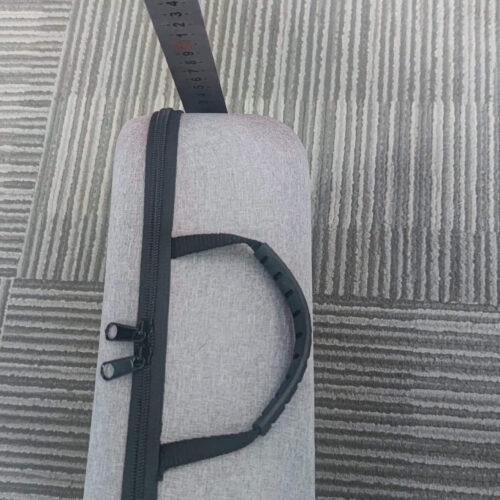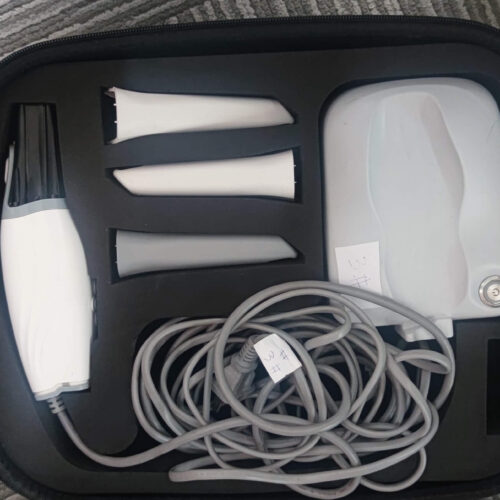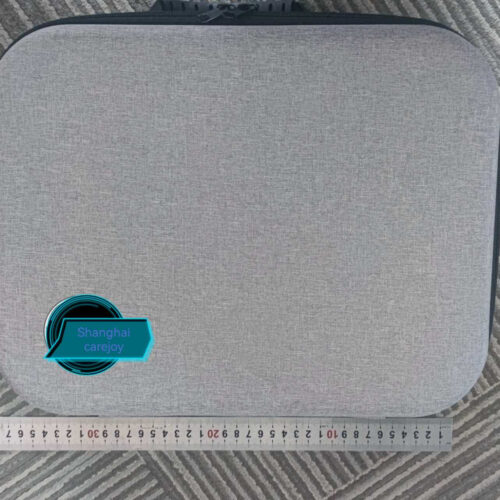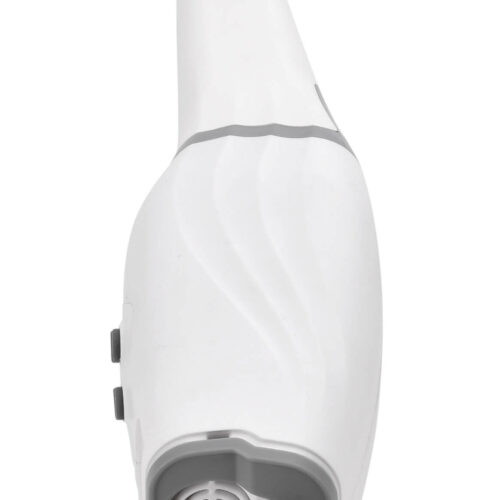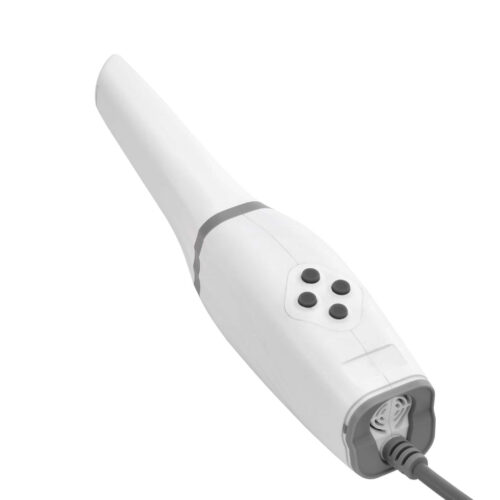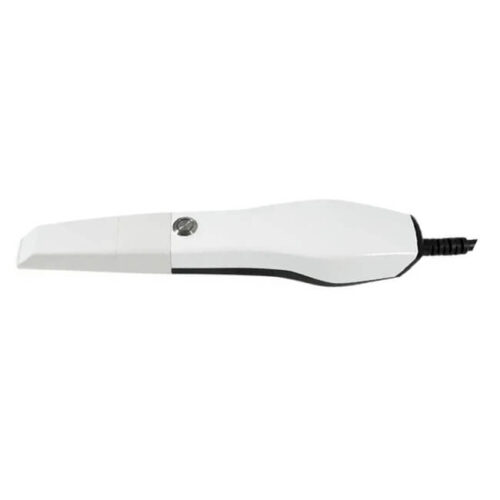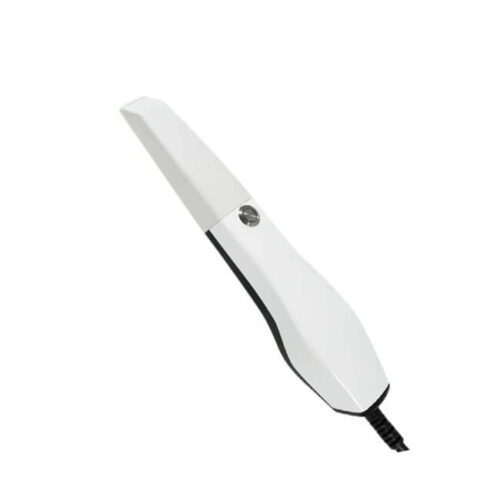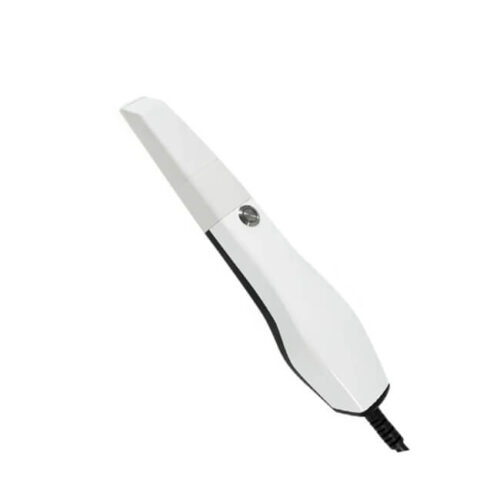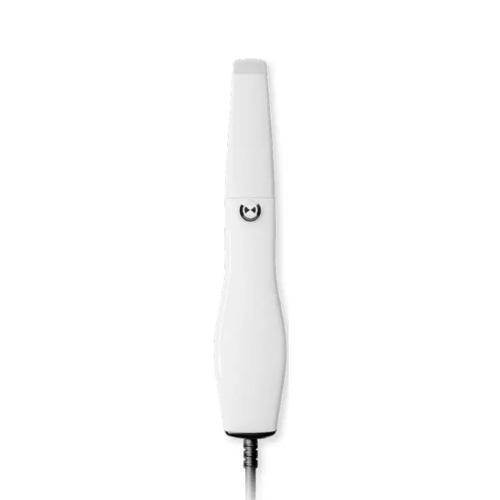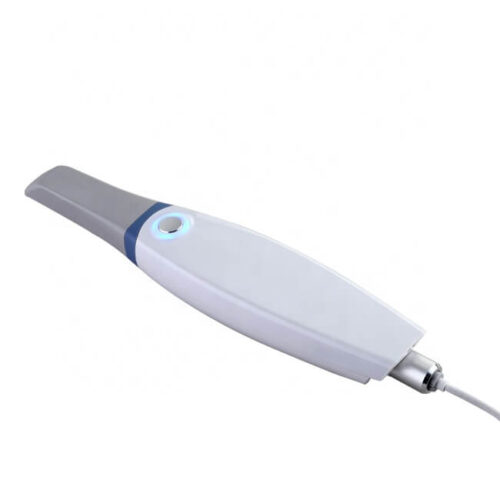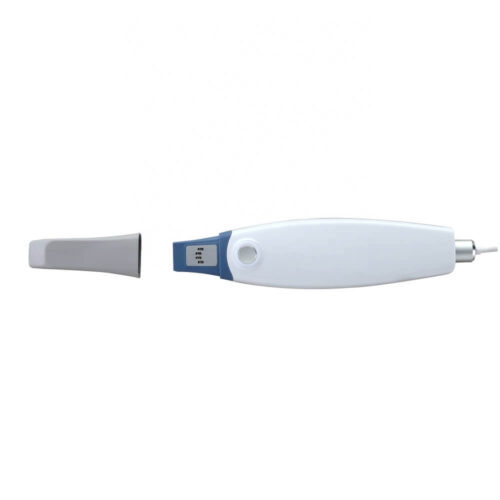intra oral scanner Safety Certifications
Intraoral scanners are advanced dental devices used for capturing direct optical impressions, and their safety and efficacy are paramount. Various certifications ensure these devices meet stringent safety standards for use in clinical settings.
1. FDA Approval (USA): The U.S. Food and Drug Administration (FDA) classifies intraoral scanners as Class II medical devices. Manufacturers must submit premarket notifications (510(k)) demonstrating that their products are safe and effective.
2. ISO Certifications: Adherence to the International Organization for Standardization (ISO) standards is critical. Notable standards include:
– ISO 13485: Pertains to quality management systems in medical devices.
– ISO 14971: Focuses on risk management in medical devices.
3. CE Marking (Europe): The Conformité Européenne (CE) mark signifies that a product conforms to European safety, health, and environmental protection requirements. Intraoral scanners must comply with the Medical Device Regulation (MDR 2017/745).
4. IEC 60601 Series: These are international standards for the safety and essential performance of medical electrical equipment, including intraoral scanners. Compliance with these standards ensures electromagnetic compatibility and overall device safety.
5. RoHS Compliance: The Restriction of Hazardous Substances Directive (RoHS) ensures that intraoral scanners do not contain harmful materials like lead, mercury, and cadmium, making them safe for both users and the environment.
6. CSA Certification (Canada): The Canadian Standards Association (CSA) certification ensures that intraoral scanners meet Canadian safety standards and regulations.
These certifications collectively ensure that intraoral scanners are safe for patients, operatory staff, and meet global medical device regulations. Always verify the presence of these certifications when selecting an intraoral scanner for clinical use.
List Reference Technical Parameters of “intra oral scanner”
An intraoral scanner (IOS) is a device used in dentistry to create a digital impression of the inside of a patient’s mouth. Below are the key technical parameters and their respective descriptions:
1. Scanning Technology:
– Light Source: Commonly uses structured light, lasers, or LEDs.
– Sensor Type: Typically employs CMOS or CCD sensors.
2. Accuracy:
– Trueness: Measure of how closely the scan matches the actual dimensions of the object (often within 20-50 microns).
– Precision: Consistency of measurements when repeated (often similar to the trueness range).
3. Field of View (FOV):
– Size: Typically ranges from 12mm x 12mm to 16mm x 14mm, enabling the capture of large areas of the teeth and gums in one scan.
4. Resolution:
– Detail Level: High-resolution devices capture details as small as 10-20 microns.
5. Speed:
– Scan Time: Varies by model but generally ranges from a few minutes per arch.
6. Portability:
– Device Size and Weight: Portable IOS devices typically weigh around 300-500 grams.
7. Data Output:
– File Formats: Common outputs include STL, OBJ, and PLY files.
8. User Interface:
– Software: Often comes with proprietary software for real-time visualization and manipulation.
– Touchscreen and Buttons: User-friendly interfaces include touchscreens, control buttons, or both.
9. Connectivity:
– Wireless or Wired: Options for USB, HDMI, Wi-Fi, or Bluetooth connectivity.
10. Power Supply:
– Battery Life: Portable IOS may include rechargeable batteries lasting several hours.
11. Integration:
– Open System: Compatibility with other dental CAD/CAM systems and third-party software.
12. Ergonomics:
– Handpiece Design: Designed for comfortable use over extended periods, often with interchangeable tips.
Understanding these parameters helps dental professionals select the most suitable intraoral scanner for their practice, optimizing patient care and procedural efficiency.
List Product features of “intra oral scanner”
An intraoral scanner is an advanced dental device designed to capture detailed digital impressions of a patient’s mouth. The following are some of the prominent features:
1. High-Resolution Imaging: These scanners provide high-definition, three-dimensional digital representations of teeth and soft tissues.
2. User-Friendly Interface: Typically equipped with intuitive software and touchscreens that simplify navigation and reduce the learning curve for dental professionals.
3. Quick Scanning: Rapid image capture and processing minimizes patient discomfort and shortens appointment times.
4. Accuracy and Precision: Delivers highly accurate data, which is crucial for fabricating precise dental restorations and appliances.
5. Wireless Connectivity: Many models offer wireless functionality, enabling seamless data transfer to computers and other devices.
6. Portable Design: Compact and lightweight, allowing easy transportation between operatories or even to different practice locations.
7. Flexible Workflow Integration: Often compatible with other dental software (e.g., CAD/CAM systems) and laboratory workflows, facilitating streamlined processes from impression taking to final product creation.
8. Real-Time Visualization: Provides immediate visual feedback on a monitor, allowing both practitioner and patient to view the digital impressions as they are being captured.
9. Patient Comfort-Oriented: Non-invasive design promotes higher patient acceptance rates compared to traditional impression methods.
10. Hygienic and Easy to Clean: Features easily sterilizable components to maintain high infection control standards.
11. AI and Automation Capabilities: Some models incorporate artificial intelligence to automate certain tasks, such as margin line detection and occlusal bite capture.
12. Multiple Scanning Modes: Options for poweder-free scanning, color scanning, and other enhanced modes to capture more detailed information.
13. Battery Life: Extended battery life or rechargeable options ensure the scanner is always ready for use without frequent interruptions.
These features combine to make intraoral scanners an essential tool for modern dental practices, enhancing both clinical outcomes and patient experiences.
List Buyer Types of “intra oral scanner”
Intraoral scanners (IOS) are increasingly becoming essential tools in modern dental practices. Various buyer types are interested in acquiring these devices, with each having distinct needs and motivations. Here are the primary buyer types:
1. Dental Clinics: General dental practices often invest in intraoral scanners to enhance the accuracy and efficiency of diagnostics, treatment planning, and restorative work. These clinics value the scanners’ ability to provide real-time 3D imaging, which aids in patient communication and improves treatment outcomes.
2. Orthodontists: Specialized orthodontic practices use intraoral scanners for precise measurements and to create digital impressions for custom orthodontic appliances like braces and aligners. The technology helps streamline workflows and reduces the need for physical molds.
3. Prosthodontists: These specialists focus on the restoration and replacement of teeth. Intraoral scanners are crucial for designing crowns, bridges, dentures, and implants with high precision. They use this technology to improve the fit and functionality of prosthetic devices.
4. Dental Laboratories: Labs often collaborate with dental practices to fabricate custom dental prosthetics. Having their own intraoral scanners can allow these labs to independently capture accurate digital impressions, reducing turnaround times and enhancing the quality of their products.
5. Dental Schools and Institutions: Educational institutions purchase intraoral scanners to train future dental professionals. The technology provides hands-on experience with modern tools, preparing students for contemporary dental practices.
6. Oral Surgeons: These specialists use intraoral scanners for detailed pre-surgical planning and to create guides for implant placement, ensuring more precise and successful surgical outcomes.
7. Periodontists: Focused on gum health, periodontists utilize intraoral scanners to assess and plan treatments for periodontal disease. Enhanced imaging capabilities support better diagnostic and monitoring processes.
8. Research and Development Teams: Companies involved in dental technology R&D might use intraoral scanners for product development and testing. These teams evaluate new scanner features and techniques to push the boundaries of dental innovation.
Each of these buyer types seeks to leverage the advanced capabilities of intraoral scanners to improve patient care, streamline workflows, and stay at the forefront of dental technology.
intra oral scanner Accessories Upgrades and Custom Manufacturing Options
Intraoral scanners are essential tools in modern dentistry, enabling accurate digital impressions for better diagnosis and treatment planning. Various accessories, upgrades, and custom manufacturing options can significantly enhance their performance, usability, and integration into dental practices.
Accessories:
1. Protective Sleeves: Disposable or reusable sleeves ensure hygiene and protect the scanner’s optical components.
2. Calibration Tools: Essential for maintaining scanner accuracy, these tools help ensure high-quality image capture.
3. Carrying Cases: Durable, padded cases offer portability and protection, ideal for mobile practitioners and for secure storage.
Upgrades:
1. Software Enhancements: Regular updates provide improved accuracy, new features, and compatibility with a broader range of dental CAD/CAM systems.
2. Hardware Upgrades: Enhanced sensors and faster processors can be retrofitted to older models to improve scanning speed and image quality.
3. Wireless Modules: Convert wired scanners to wireless, providing greater maneuverability and reducing cable clutter.
Custom Manufacturing Options:
1. Ergonomic Design: Customizable handpiece designs that cater to the preference of individual practitioners, enhancing comfort and reducing fatigue during prolonged use.
2. Specialized Tips: Custom tips tailored for specific procedures or patient demographics, such as pediatric or orthodontic tips, can improve accessibility and image precision.
3. Personalized Branding: Scanners and accessories can be customized with the clinic’s logo or colors, reinforcing brand identity and providing a professional appearance.
By optimizing these aspects, dental professionals can significantly enhance the functional capabilities of intraoral scanners, ensure optimal performance, and deliver superior patient care.
List Quality Control and The Manufacturing Process of “intra oral scanner”
Quality Control in Intra Oral Scanner Manufacturing
1. Incoming Material Inspection:
– Raw Materials: Ensure all components like sensors, lenses, and electronic parts meet quality standards.
– Supplier Certification: Work with certified suppliers and conduct regular audits.
2. Manufacturing Process Monitoring:
– Critical Control Points (CCPs): Identify and monitor critical stages where errors could impact quality.
– Calibration: Regularly calibrate and maintain machinery to precise standards.
3. In-Process Inspection:
– Real-Time Monitoring: Use automated systems to check dimensions, alignment, and assembly accuracy.
– Sampling: Conduct random inspections to catch defects early in the production line.
4. Product Testing:
– Functional Testing: Ensure scanners meet performance standards, including scanning accuracy and speed.
– Durability Testing: Test for longevity under various conditions—temperature, humidity, and mechanical stress.
5. Final Quality Assurance:
– End-of-Line Testing: Perform comprehensive tests before packaging, ensuring scanners are fully operational.
– Compliance Checking: Verify that the product meets all regulatory standards (e.g., FDA, CE).
6. Feedback Loop:
– Customer Feedback: Gather and analyze feedback for continuous improvement.
– Process Review: Regularly review and refine quality control processes based on feedback and inspection results.
Manufacturing Process of Intra Oral Scanner
1. Design and Prototyping:
– Concept Design: Develop initial designs focusing on ergonomics and functionality.
– 3D Prototyping: Create prototypes using 3D printing for initial testing and adjustments.
2. Component Sourcing:
– Supplier Selection: Choose suppliers for electronic components, sensors, and optical lenses.
– Quality Verification: Verify the quality of components upon receipt.
3. Assembly Line Setup:
– Workstations: Set up specialized workstations for component assembly, software installation, and testing.
– Automation: Incorporate automated systems for tasks prone to human error.
4. Electronics Integration:
– Circuit Boards: Assemble and solder circuit boards, ensuring they meet design specifications.
– Sensor Alignment: Precisely align sensors and lenses to ensure optimal performance.
5. Software Installation:
– Firmware Integration: Install necessary firmware and perform initial boot-up tests.
How to use “intra oral scanner”
Using an intraoral scanner involves several key steps to ensure accurate and efficient digital impressions of a patient’s oral cavity. Here is a concise guide:
1. Prepare the Equipment: Ensure the intraoral scanner is calibrated and the software is up-to-date. Attach the appropriate scanning tip and disinfect it following the manufacturer’s instructions.
2. Patient Preparation: Instruct the patient to sit comfortably. Ensure their mouth is clean and dry for optimal scanning. Cotton rolls or cheek retractors can be used to maintain a clear field of view.
3. Initial Setup: Open the software and create a new patient profile if necessary. Enter relevant details and select the type of scan (e.g., full arch, quadrant, occlusal).
4. Scanning Technique:
– Start with the Arch: Begin scanning from a predetermined point, often the posterior region, moving in a systematic manner to cover the entire arch.
– Buccal and Lingual Surfaces: Ensure all areas are captured, including buccal and lingual surfaces, by tilting the scanner appropriately.
– Opposing Arch and Occlusion: Repeat the scanning process for the opposing arch. Capture the bite by having the patient occlude naturally.
5. Review and Refine: Use the software to review the digital impression for any missing sections or distortions. Rescan areas as needed to fill gaps or improve accuracy.
6. Post-Processing: Once satisfied, finalize the scan and process the data. The software may offer tools to clean up, smooth, and optimize the model.
7. File Management: Save and export the digital impression in the required format (e.g., STL) for further use, such as fabricating restorations or for record-keeping.
8. Patient Aftercare: Clean and disinfect the scanner tip again, and store the equipment properly. Provide the patient with any necessary post-scan care instructions.
Intraoral scanners greatly enhance accuracy and patient comfort, making digital impressions a highly effective tool in modern dentistry.
“intra oral scanner” Comparative Analysis
Intraoral scanners (IOSs) represent a transformative technology in digital dentistry, enabling detailed 3D digital impressions of the mouth. Below is a comparative analysis of four prominent IOSs: iTero Element, 3Shape TRIOS, Planmeca Emerald, and Medit i500.
iTero Element:
– Strengths: Renowned for its orthodontic applications, particularly for Invisalign treatment. It offers real-time visualization and predictive outcomes. The comprehensive data integration streamlines workflows.
– Weaknesses: Occasional software updates have caused some downtime. It is also on the higher end in terms of cost.
3Shape TRIOS:
– Strengths: Highly praised for its speed and accuracy. Offers a broad range of applications including orthodontics, restorative, and implant dentistry. It supports HD photos and features an intuitive user interface.
– Weaknesses: The scanner’s larger size can be cumbersome. The software suite is sophisticated, but it can be overwhelming for less tech-savvy practitioners.
Planmeca Emerald:
– Strengths: Compact and lightweight, making it user-friendly. Its open software architecture allows for flexible integration with different CAD/CAM systems. Known for superior color adjustment and high-quality images.
– Weaknesses: Its scanning speed is relatively slower compared to some leading competitors. Limited customer support can be a drawback.
Medit i500:
– Strengths: Cost-effective without compromising on essential features. Offers excellent image resolution and decent scanning speed. Open system facilitates broad compatibility with various dental software.
– Weaknesses: Lacks some advanced features found in pricier models. Initial connectivity issues have been reported.
Conclusion:
Each intraoral scanner has distinct advantages tailored to specific needs. iTero Element excels in orthodontics, 3Shape TRIOS offers versatility and extreme precision, Planmeca Emerald provides a good balance of quality and integration, while Medit i500 stands out for budget-conscious practices. Choosing the right IOS depends on balancing accuracy, ease of use, application range, and cost considerations tailored to the practitioner’s demands.
“intra oral scanner” Warranty and Support
When considering an intra oral scanner, it’s crucial to understand the warranty and support services provided by the manufacturer, as these can greatly influence the long-term value and reliability of the device.
Warranty Coverage:
Typically, intra oral scanners come with a standard warranty period that ranges from one to three years. This warranty generally covers manufacturing defects, hardware malfunctions, and normal wear and tear. Ensure you obtain a detailed list of what is and isn’t covered under the warranty. Some manufacturers offer extended warranty options for an additional fee, which can provide peace of mind and prolong the service life of the scanner.
Support Services:
High-quality customer support is essential for efficient operation and troubleshooting. Manufacturers often provide various support channels, including phone, email, and live chat. Some companies offer on-site support and service plans, which can be particularly beneficial for urgent repairs and maintenance.
Software Updates:
Considering that intra oral scanners rely heavily on software, timely updates are crucial for optimal performance and accuracy. Ensure that the manufacturer offers regular software updates as part of their support package. These updates often include new features, security patches, and improvements in scanning algorithms.
Training and Resources:
Comprehensive training is another critical aspect of support. Reputable manufacturers usually provide initial training sessions to help you get the most out of your new equipment. They may also offer ongoing educational resources, such as webinars, tutorials, and user manuals.
Replacement and Loaner Devices:
In case your scanner requires extensive repairs, some companies provide loaner devices to minimize downtime. This ensures that your practice remains operational even when your primary scanner is out of commission.
User Community and Forums:
Engaging with a community of users can also offer valuable insights and troubleshooting tips. Check if the manufacturer supports user forums or online communities where you can share experiences and solutions.
In summary, the warranty and support services provided for intra oral scanners are pivotal in ensuring the device’s reliability, longevity, and overall value. Always opt for a manufacturer that offers robust warranty terms and comprehensive support services.
List “intra oral scanner” FAQ
Intra Oral Scanner FAQ
1. What is an intra oral scanner?
An intra oral scanner is a device used by dental professionals to create a digital 3D representation of a patient’s teeth and gums. It captures detailed images of the oral cavity, which are then used for diagnostics, treatment planning, and manufacturing dental restorations.
2. How does an intra oral scanner work?
The scanner uses advanced imaging technology, often involving lasers or structured light, to capture detailed images of the oral structures. These images are then processed by specialized software to produce a precise 3D model.
3. Are intra oral scans safe?
Yes, intra oral scanners are safe. They use non-invasive light to capture images, eliminating the discomfort and exposure associated with traditional impression materials and radiation.
4. What are the advantages of using an intra oral scanner?
– Accuracy: Provides highly precise digital impressions.
– Comfort: More comfortable for patients compared to traditional impression materials.
– Speed: Faster processing and turnaround time for labs.
– Visualization: Enables better visualization for both dentists and patients.
5. Can an intra oral scanner detect cavities?
Intra oral scanners primarily capture the surface details of teeth and gums but can assist in diagnosing cavities by highlighting inconsistencies in the enamel. However, they may not detect cavities as effectively as traditional radiographs.
6. How long does it take to scan a full mouth?
Depending on the system used and the operator’s experience, scanning a full mouth can take anywhere from 5 to 15 minutes.
7. How are the digital impressions used?
The 3D models created by intra oral scanners can be used for various applications, including creating crowns, bridges, orthodontic aligners, and planning implants.
8. Are digital impressions more expensive?
The initial investment in an intra oral scanner can be high; however, it often results in long-term savings through reduced material costs and improved efficiency.
9. Can intra oral scanners be used for children?
Yes, intra oral scanners can be used for patients of all ages, including children, providing a more comfortable and quicker alternative to traditional impressions.
10. Do intra oral scanners require maintenance?
Regular maintenance is necessary to ensure optimal performance. This includes software updates and periodic calibration as recommended by the manufacturer.
Top 10 FAQ with answer about intra oral scanner for Buyer Sourcing from China
Certainly! Here are the top 10 frequently asked questions (FAQ) about sourcing intraoral scanners from China, along with concise answers:
1. What are intraoral scanners?
Intraoral scanners are digital devices used to capture detailed 3D images of a patient’s oral cavity, aiding in dental diagnostics and treatment planning.
2. Why source intraoral scanners from China?
China offers competitive pricing, advanced manufacturing capabilities, and a wide range of suppliers. Many companies also provide customization options and adhere to global standards.
3. How can I verify the quality of Chinese intraoral scanners?
Verify quality by checking certifications such as ISO, CE, and FDA approvals. Request product samples and conduct a factory audit if possible. Reading reviews and testimonials from other buyers can also be helpful.
4. What should I look for in a supplier?
Assess the supplier’s experience, product range, customer service, and after-sales support. Ensure they have a good reputation and can provide verifiable references.
5. How do I ensure proper customs clearance for intraoral scanners?
Work with an experienced freight forwarder and ensure all necessary documentation, including commercial invoices, packing lists, and certificates, are in order. Familiarize yourself with the import regulations of your country.
6. What are the payment terms typically offered by Chinese manufacturers?
Common payment terms include a combination of upfront payment (30% deposit) and balance payment (70%) before shipment. Letters of credit (LC) are also accepted by some suppliers.
7. How can communication issues be minimized?
Choose suppliers with fluent English-speaking staff and use clear, written agreements. Regular video calls can also help ensure both parties are aligned.
8. What is the typical lead time for manufacturing and delivery?
Lead times can vary but generally range from 4 to 8 weeks for manufacturing. Shipping times will depend on the method chosen (air or sea freight).
9. Are there options for warranty and post-sale service?
Reputable suppliers often provide warranties ranging from 1 to 3 years. Ensure that terms are clearly stated in the contract and inquire about post-sale service options.
10. What are the shipping options available?
Common shipping options include air freight for faster delivery and sea freight for cost-effective transport. The choice will depend on your budget and urgency.
By keeping these FAQs in mind, you’ll be better equipped to source high-quality intraoral scanners from China efficiently and effectively.

